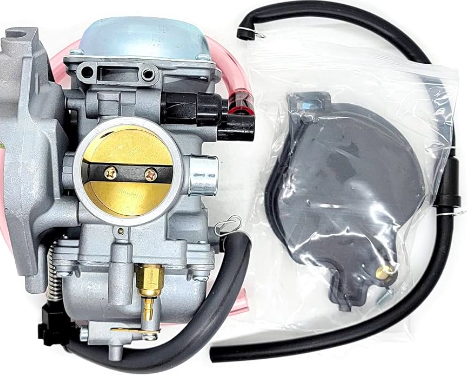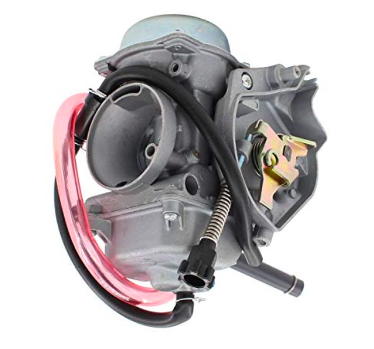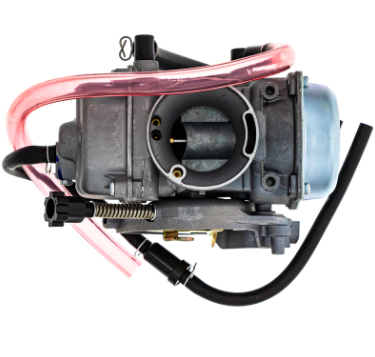
The Kawasaki Prairie 360 stands out as a sought-after ATV, appreciated for its enduring performance and trustworthiness. Yet, even the most commendable vehicles occasionally encounter challenges, with the carburetor being a frequent trouble spot.
This detailed guide highlights prevalent carburetor complications associated with the Kawasaki Prairie 360. Additionally, insights on identifying and rectifying these issues will be shared.
Typical Kawasaki Prairie 360 Carburetor Problems

Outlined below are routine carburetor challenges that might arise with the Kawasaki Prairie 360:
- Fuel deprivation: Manifests when the engine gets insufficient fuel for optimal functioning. Culprits could be a blocked fuel filter, contaminated fuel tank, or malfunctioning fuel pump.
- Excessive fuel intake: This is evident when the engine is flooded with fuel. Potential causes encompass a compromised float valve, malfunctioning needle valve, or an unclean carburetor.
- Lean combustion: Arises when the engine is air-starved. A blocked air filter, defective air intake system, or a grime-laden carburetor could be to blame.
- Rich combustion: Occurs when the engine gets an overdose of air. Likely causes include a leaky float valve, malfunctioning needle valve, or an unclean carburetor.
- Throttle jamming: Evident when the throttle cable is immobilized or impaired, impeding proper engine idling or acceleration.
Identifying Kawasaki Prairie 360 Carburetor Problems

Embarking on a carburetor issue diagnosis entails an initial visual examination. Look for overt indicators like leakage, fractures, or any components that seem loose or impaired.
Without discernible issues, a set of tests can be executed to pinpoint the problem.
These might encompass:
- Fuel assessment: Ensure a filled fuel tank and an uncontaminated fuel filter.
- Fuel flow analysis: Disconnect the carburetor’s fuel line and observe a consistent fuel outflow.
- Airflow check: Detach the air filter and inspect for blockages.
- Spark evaluation: Examine the spark plug for any deterioration or damage.
Addressing Kawasaki Prairie 360 Carburetor Problems

After identifying the root cause, corrective measures can be undertaken.
Here are some solutions for familiar carburetor issues:
- Fuel deprivation: Opt for a fuel filter replacement or clean the fuel tank.
- Excessive fuel intake: Consider swapping the float valve, needle valve, or carburetor.
- Lean combustion: Cleanse the air filter or opt for a new air intake.
- Rich burst: Swap the float valve, needle valve, or carburetor.
- Throttle jamming: Mend or swap out the throttle cable.
Averting Kawasaki Prairie 360 Carburetor Problems
Proactive measures can mitigate the onset of carburetor challenges:
- Opt for quality fuel: Always choose fresh, uncontaminated fuel.
- Regular fuel filter changes: Maintain an uncontaminated fuel filter to ensure optimal fuel flow.
- Routine air filter cleaning: Keep the air filter clean to guarantee unobstructed airflow.
- Periodic carburetor checks: Stay vigilant for any wear or damage signs.
In Conclusion
By heeding the advice presented in this guide, one can ensure the consistent performance of their Kawasaki Prairie 360 and stave off carburetor problems.
